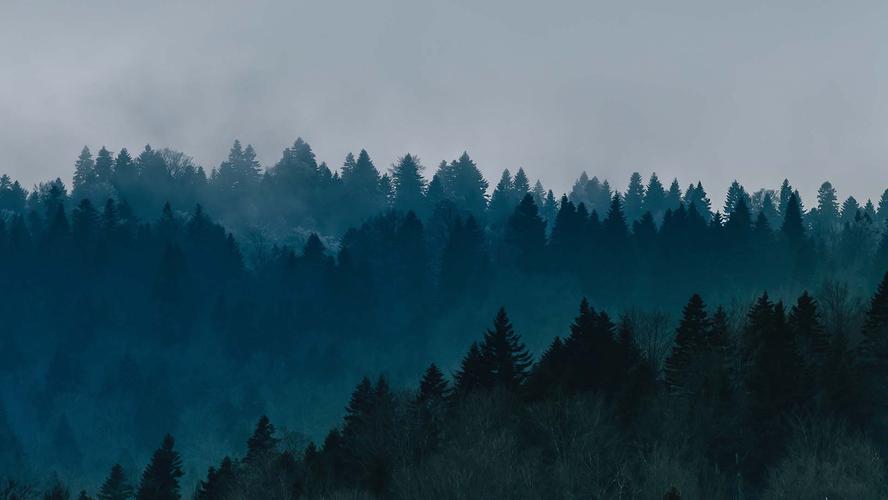We speak to Tim about life at Firesprite as a Cinematic Technical Designer
![]()
Hi Tim! Can you tell us what a typical day looks like for you as a Cinematic Technical Designer?
I start the day between 8:30 & 9am. Depending on the tasks at hand, I’ll likely be reporting in multiple scrums to make sure everything, and everyone, is up to date.
Around 11am, I’ll begin an investigation into a crucial aspect of the cinematics pipeline; creating a proof of principle for designing a new tool that’ll make everyone’s lives easier. At midday, you may find me blocking out cinematics for gameplay prototyping, or troubleshooting an error in the Unreal Sequencer, or helping someone with their cine workflow, or simply writing up tool specs.
At 2.30pm, I join the Cine & Anim ‘Dailies’ review where we are all encouraged to proudly share and discuss our latest work.
From 3pm through to the end of the day, I could be in one of many different meetings; my favourites always being the Friday Team Weekly.
Once the working day is done, I like to unwind with a game of tennis or go downtown for dinner with friends, maybe pay a visit to the museums and theatres of London; there is always something new to explore. Then it’s time for bed and to start the process all over again.
Tell us something about yourself that we might not already know?
Before moving into games, I worked as a neuroscientist and structural biologist. My PhD research specialised in neurodegenerative diseases such as Parkinson’s and Alzheimer’s. In the lab, I would grow and analyse complex structures of the aggregated protein alpha-Synuclein, which is known to play important roles in disease progression. I would then study the electrophysiological effects of this protein directly inside neocortical neurons. I have worked on living brain cells, cancer cells, human kidney and bladder cells, as well as a plethora of bacterial, fungal and botanical species.
While this area of research holds great personal significance and I found the work fascinating, I knew that academia wasn’t the complete path for me and sought a life with greater creative fulfilment. Throwing caution to the wind, I quit my job and began a Master’s degree in Games Design and Development at the National Film and Television School. It was an incredibly rewarding experience and I’ve been professionally making games ever since. Now that I’m at Firesprite, the story continues…
What has been your biggest accomplishment since starting at Firesprite?
In my short time thus far at Firesprite, I am pleased to have contributed to the designing of our cinematics pipeline; I look forward to seeing it take greater shape as we move through production.
Who is your biggest inspiration at Firesprite?
The more people I meet at Firesprite, the more I come to realise that I am working alongside the heroes behind my all-time favourite games. It is an awe-inspiring opportunity to learn from the best in the industry.
What advice would you give to someone who one day wanted to become a Cinematic Technical Designer?
The best way to get started in cinematic design is to get your hands dirty and have a go at telling your own short stories in the engine.
Narrative, animation, gameplay, cameras, lighting, VFX, and audio are required to bring every cinematic moment to life and we Technical Designers, ethereal creatures as we are, move between them all to make sure these essential elements come together to form the big picture.




